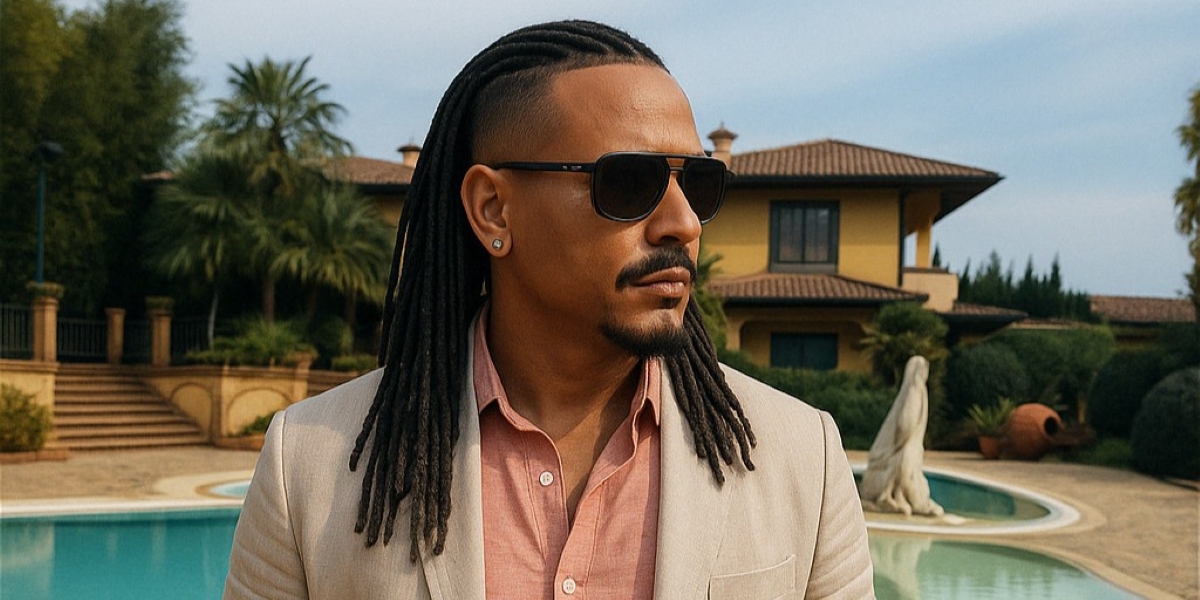Rivalries and tensions between celebrities often arise from a complex mix of personal, professional, and public factors. In the entertainment industry, competition can be intense. When individuals pursue similar roles, projects, or public recognition, tensions may naturally build. This competition is often complicated by personal histories, individual ambitions, and sometimes unresolved conflicts that have been simmering for years. While rivalry can sometimes fuel creativity and ambition, it can also lead to friction and misunderstandings.
Interpersonal differences frequently play a significant role in how these tensions develop. Diverse personalities, values, and communication styles can make cooperation difficult, especially under the high pressure that often accompanies public careers. When disagreements occur, they might not always be addressed directly, leading to lingering resentment. This is often exacerbated when individuals operate in an environment where public image is paramount, and privacy is limited.
The nature of fame itself also adds layers to the dynamics. Celebrities often navigate a delicate balance between their public personas and their private lives. What may start as a private disagreement can quickly become public knowledge due to media scrutiny, social media, or leaks. This increased visibility often complicates attempts at resolution and can intensify rivalries.
Creative differences or competing visions for projects may become a source of tension. When collaboration is necessary but individual goals diverge, disagreements about direction, style, or recognition can emerge. These conflicts are sometimes about more than just personal feelings; they can involve fundamental disagreements about professional identity and artistic integrity.
The buildup of these various elements often results in relationships that are layered with tension. Sometimes these rivalries remain behind the scenes, known only to those directly involved, but at other times they become very public, shaping perceptions and even influencing careers.
Read also: Kidfluencers Redefining Celebrity Culture
How Does Media Influence Rivalries and Tensions Between Celebrities?
Media coverage significantly shapes the public’s understanding of rivalries and tensions between celebrities, often magnifying or reframing conflicts. News outlets, entertainment programs, and social media platforms frequently highlight moments of disagreement, turning private matters into public spectacles. This attention can exaggerate the nature or intensity of conflicts, creating narratives that may be more sensational than reflective of reality.
The way media presents information can lead to simplified or distorted impressions. Complex interpersonal dynamics might be reduced to headlines or soundbites that emphasize conflict rather than nuance. The tendency to frame stories as “drama” can encourage audiences to focus on hostility instead of possible resolutions or underlying causes.
Social media, in particular, has transformed how celebrity conflicts are experienced. Public figures now have direct communication channels to share their perspectives, but this openness also means disagreements can unfold publicly, sometimes in real time. Tweets, posts, and comments may fuel misunderstandings or escalate tensions, especially when messages are interpreted out of context or responded to impulsively.
This environment puts additional pressure on celebrities to manage their public personas carefully. The desire to maintain a positive image or respond to rumors may lead to further public exchanges that perpetuate rivalries. The presence of a constant audience makes private reconciliation more challenging and can create cycles of conflict that are difficult to break.
While media exposure can increase visibility, it also risks reducing complex human relationships to entertainment. The focus on conflict sells stories but may obscure the full picture of what drives tensions and how individuals actually feel or behave behind the scenes.
Can Personal Differences Explain Rivalries and Tensions Between Celebrities?
Personal differences often lie at the heart of many rivalries between celebrities. People bring unique backgrounds, values, and personalities to their interactions, and these differences can shape how they relate to one another. In an environment where collaboration is frequent and stakes are high, mismatches in these areas can become a source of conflict.
Personality clashes may stem from contrasting temperaments, such as differences in how individuals handle stress, communicate emotions, or approach problem-solving. When one person prefers direct confrontation and another tends to avoid conflict, misunderstandings can arise. Similarly, varying expectations about professionalism, boundaries, or creative contributions may create friction.
Diverging worldviews or value systems can also influence tensions. Celebrities may hold differing opinions about their work, ethics, or roles within the industry, leading to disagreements that go beyond surface issues. These differences can be difficult to reconcile, especially if parties feel strongly about their positions.
Competition over similar roles, audiences, or recognition often deepens these tensions. When individuals are compared by critics, fans, or industry peers, feelings of rivalry may grow. This is sometimes intensified by the natural human tendency to seek validation and fear being overshadowed.
Communication styles play a crucial role in how tensions are managed. Miscommunication or lack of communication can allow small issues to escalate. If either party is unwilling or unable to engage in open dialogue, disagreements can persist or deepen over time.
It is important to note that rivalries rooted in personal differences are rarely simple or one-dimensional. Relationships evolve, and factors like timing, external pressures, and individual growth influence how tensions unfold. Some rivalries may eventually mellow, while others become enduring features of a professional landscape.
In What Ways Do Public Perception and Fan Culture Affect Celebrity Rivalries?
The role of public perception and fan culture is significant when considering rivalries and tensions between celebrities. Fans often identify closely with particular public figures, forming communities that express loyalty and sometimes fierce defense. This attachment can influence how rivalries are viewed and intensified.
Fan groups frequently engage in debates, support campaigns, or social media discussions that elevate conflicts beyond the individuals directly involved. The enthusiasm and passion of these communities can create environments where rivalry is encouraged or prolonged, even when the celebrities themselves may prefer to avoid public disputes.
Public opinion can also pressure celebrities to respond to perceived slights or rumors, complicating private attempts to resolve differences. Awareness of audience expectations and potential backlash may shape how individuals act publicly, influencing the trajectory of rivalries.
The narratives fans create around rivalries can contribute to the cultural memory of these conflicts. Stories, opinions, and interpretations passed down within fan communities help maintain interest and can affect how future generations understand these relationships.
This dynamic highlights the interconnected nature of celebrity culture, where personal relationships are closely linked to public engagement. Rivalries are often not just about individual disagreements but also about how those conflicts resonate with broader audiences.
Read also: Why Luxury Brands Fight for Celebrity Red Carpet Placements
How Might Rivalries and Tensions Between Celebrities Evolve Over Time?
Rivalries and tensions between celebrities rarely remain static; they tend to shift as circumstances and perspectives change. Life events, career developments, and personal growth can all influence how individuals relate to one another over time.
In some cases, the passage of time allows grievances to soften. When priorities change or individuals mature, there may be greater openness to reconciliation or a reduced desire to maintain conflict. New collaborations or shared experiences can also foster understanding or cooperation where tension once existed.
Conversely, rivalries may persist or even intensify, particularly if external factors continue to provoke competition or highlight differences. Ongoing public attention or repeated encounters in professional settings can keep tensions alive.
Changes in the industry, such as emerging trends or new platforms, might create opportunities for either renewal of conflict or for repair. The context in which rivalries exist is always shifting, affecting how they play out.
Importantly, these relationships illustrate the complexity of human interaction in highly public environments. They are shaped by multiple layers—personal histories, professional goals, media framing, and public engagement—making each rivalry unique in its evolution.








